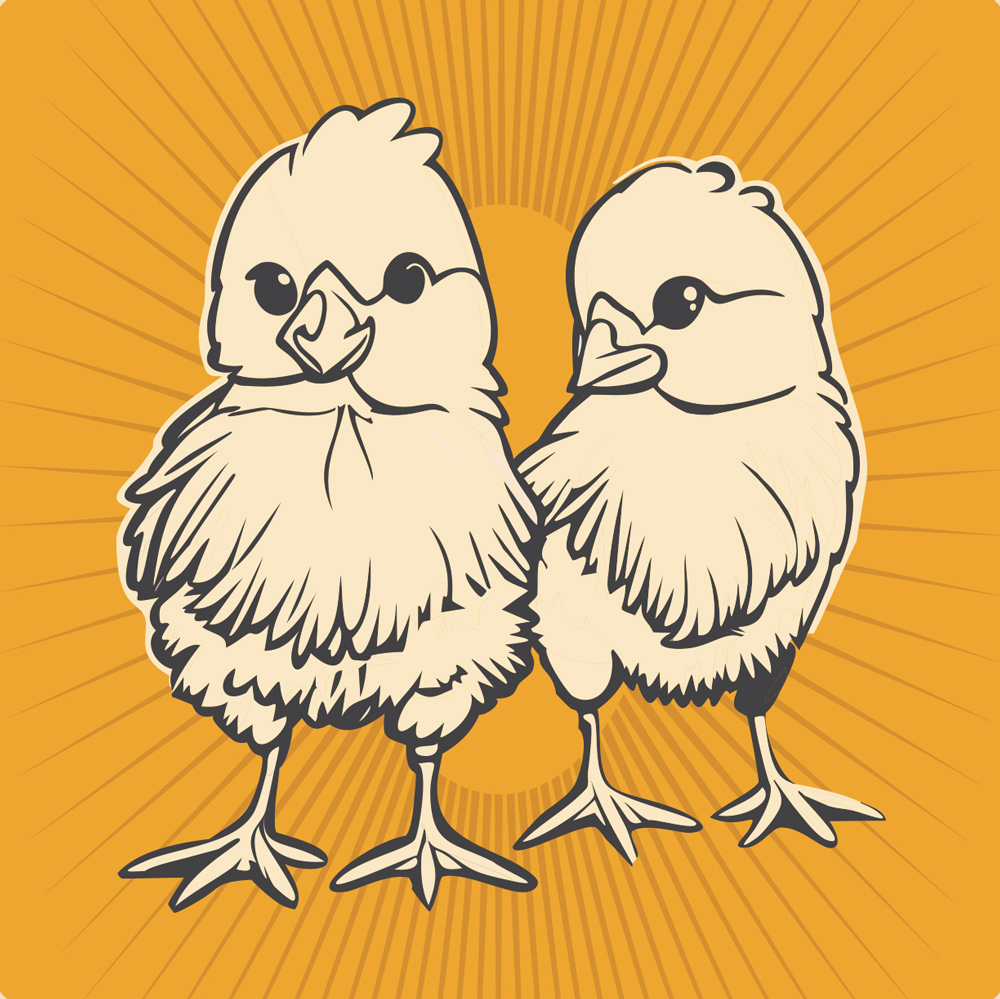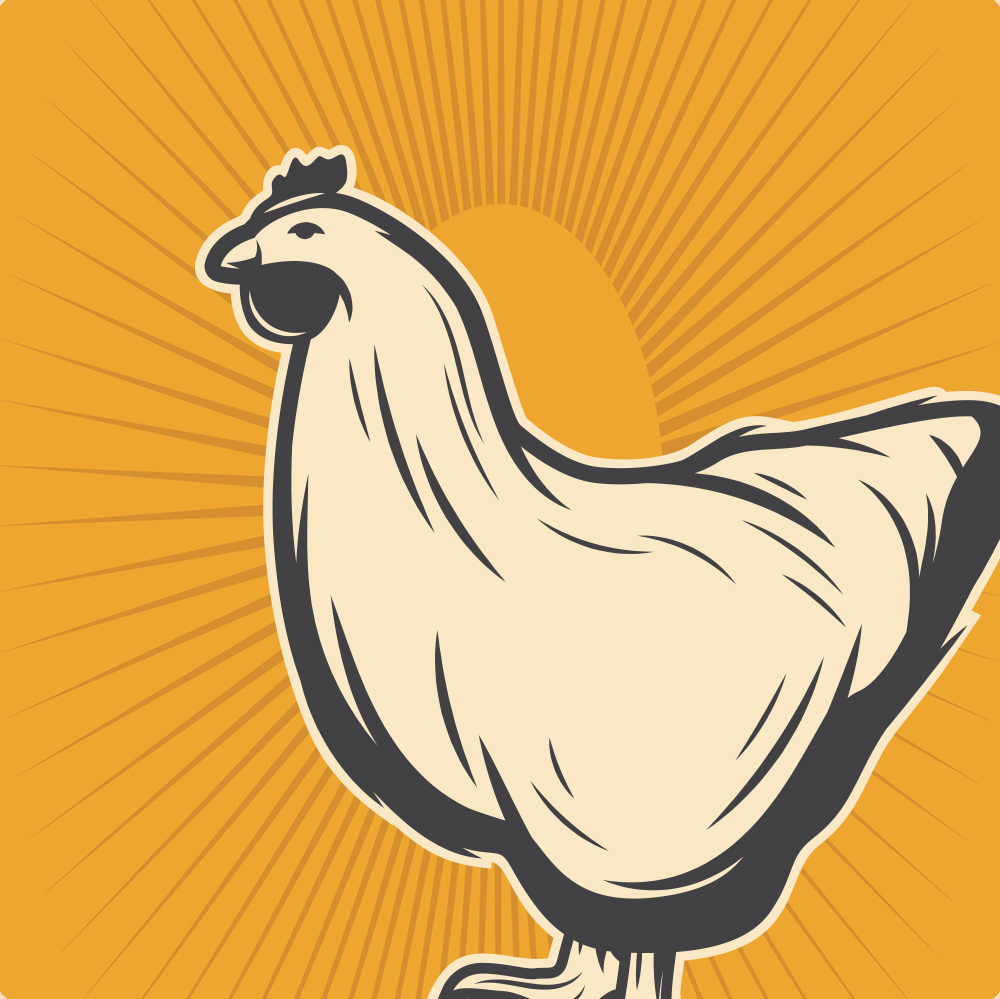Duck, Runner Duck 'Black' (min order 15)

Out of stock
Sold out for the season- SKU
- BlackRunnerDuck-G
Description
Minimum Pre-Order Quantity: 15 ducklings (mix & match any duck breed) For orders less than the species' minimums, please stop by our Loretto, Elk River, Stillwater, Forest Lake or Maple Plain stores (see all locations HERE). Stores will have live chicks in store starting in March. In store chick breeds will rotate throughout the season. *Sold as straight run only.
Spikes & Houles is a licensed poultry dealer and can only sell live birds in the 5 retail locations in Minnesota and they must be picked up at a store location (they cannot be delivered to you). Our Chicks cannot be shipped out of state.
Check Out the Chicks!
Raising chickens is a rewarding and entertaining experience for people of all ages! At Spikes & Houles, we are committed to providing a high standard of care for chicks while in our possession, and providing you with the best direction and products to help your chicks thrive once they reach their new homes.
Details
Bring the wonder of feeding the ducks at the lake into your backyard. Ducks are great for bug control and will forage a higher percentage of their food compared to chickens, plus they
take up less space. Their eggs are packed with omega-3s and have a richer flavor than chicken eggs.
- Feed and water the waterfowl at once upon arrival.
- Starter feed of at least 20% protein is needed for the first three-weeks. Do not use layer feed; it contains too much calcium. The first choice is non-medicated feed. If that is not available, you may use medicated feed. Medicated feed harming waterfowl is an “old wives’ tale” that is very persistent. Adult waterfowl may have trouble eating mash; it is better to feed them crumble or pellets. If you are only feeding them whole or cracked grain, they will not get enough daily protein. We recommend using NatureServe® Duck Starter/ Grower and NatureServe® Duck Pellets that contain essential oils, prebiotics, and probiotics.
- Forage is excellent for waterfowl, but it replaces very little of the nutrients waterfowl need. Make sure access to feed is always available.
- Waterfowl can be messy with their water. Make a wire floor underneath their waterer to reduce mess.
- Ducks do not need constant bathing water. To reduce mess, only provide bathing water once or twice a week.
- The best age for processing ducks is 7-12-weeks of age when all their feathers are mature, and there are no pinfeathers.
More Information
| Mature Weight Male | 4-5 lbs. |
|---|---|
| Mature Weight Female | 4-5 lbs. |
| Breeds | Ducks |
| Bred For | Foraging Birds |
| Egg Color(s) | White |
| Eggs Per Year (Approx.) | 150-200 |
| Egg Size | Large |


